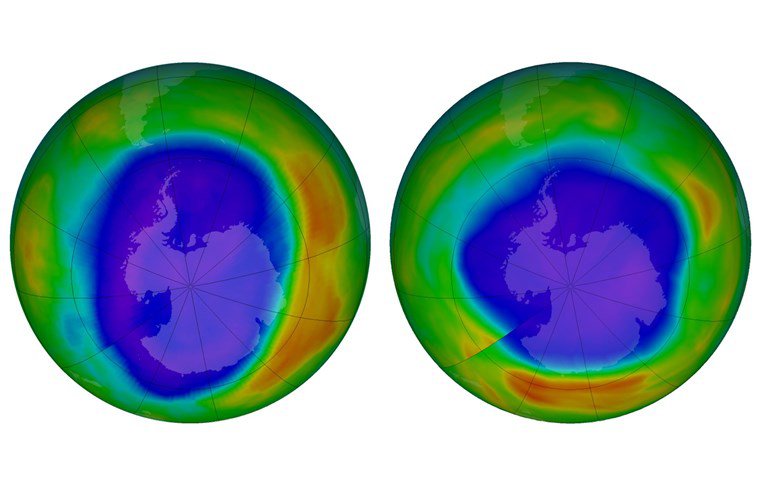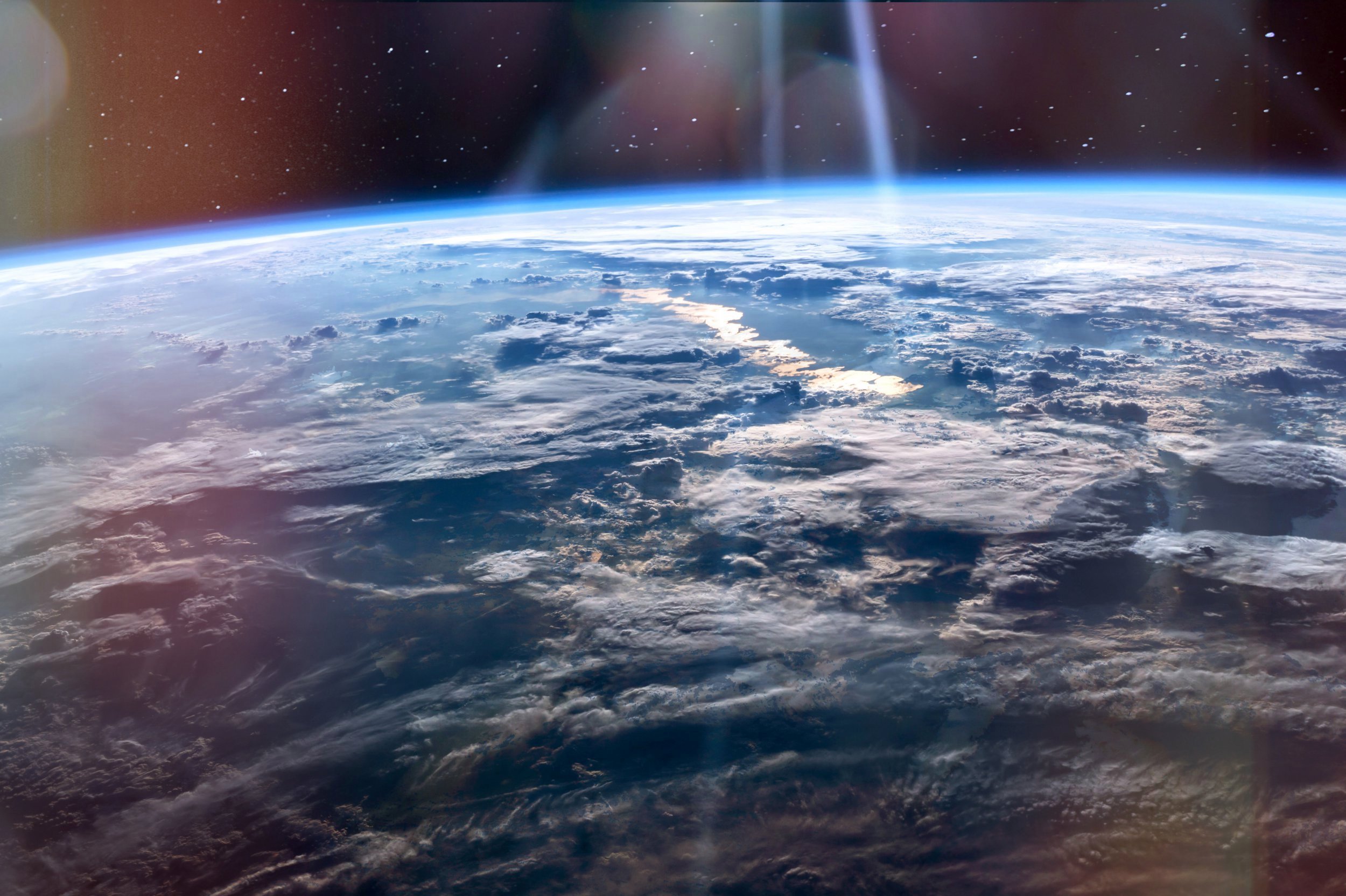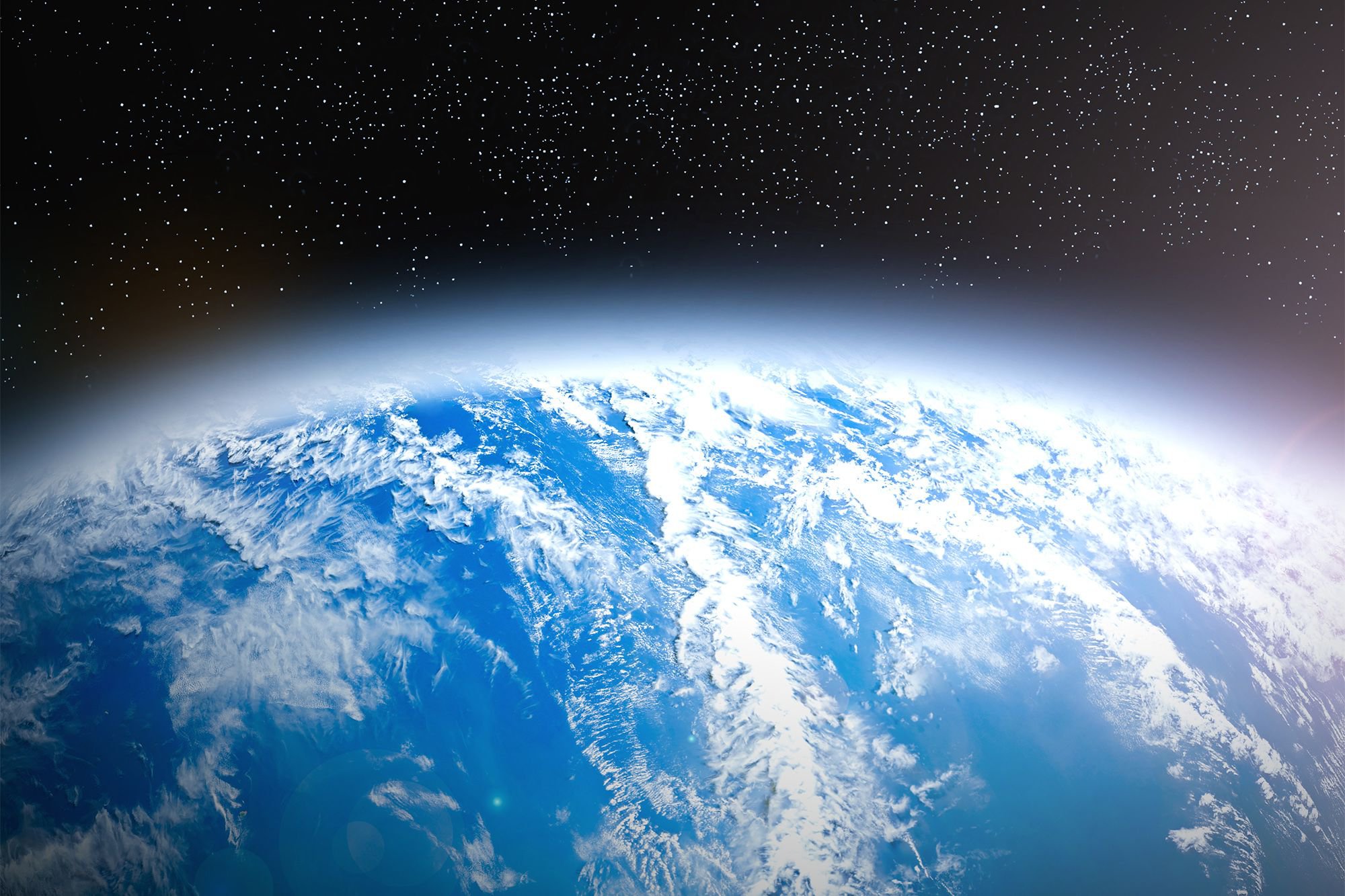When we say planet Earth is healing, we literally mean it.

The ozone layer is extremely important as it shields Earth from the Sun’s ultraviolet radiation that causes skin cancer. It was the biggest hole and it could have posed a direct threat to humans if it had moved further south to populated areas.

The unprecedented 2020 northern hemisphere #OzoneHole has come to an end. The #PolarVortex split, allowing #ozone-rich air into the Arctic, closely matching last week’s forecast from the #CopernicusAtmosphere Monitoring Service.
— Copernicus ECMWF (@CopernicusECMWF) April 23, 2020
More on the NH Ozone hole➡️https://t.co/Nf6AfjaYRi pic.twitter.com/qVPu70ycn4
In an interview with Euronews, Copernicus scientist Antje Inness said:
It is very unusual for such a strong ozone depletion to occur in the northern hemisphere, but this year’s polar vortex was exceptionally strong and persistent, and temperatures were low enough to allow stratospheric clouds to form for several months.

It was caused by the strong and consistent polar vortex that caused the concentration of more ozone-depleting chemicals than usual.
Now, whether all this is a result of climate change on Earth or not, is yet to be confirmed by the scientists.






































